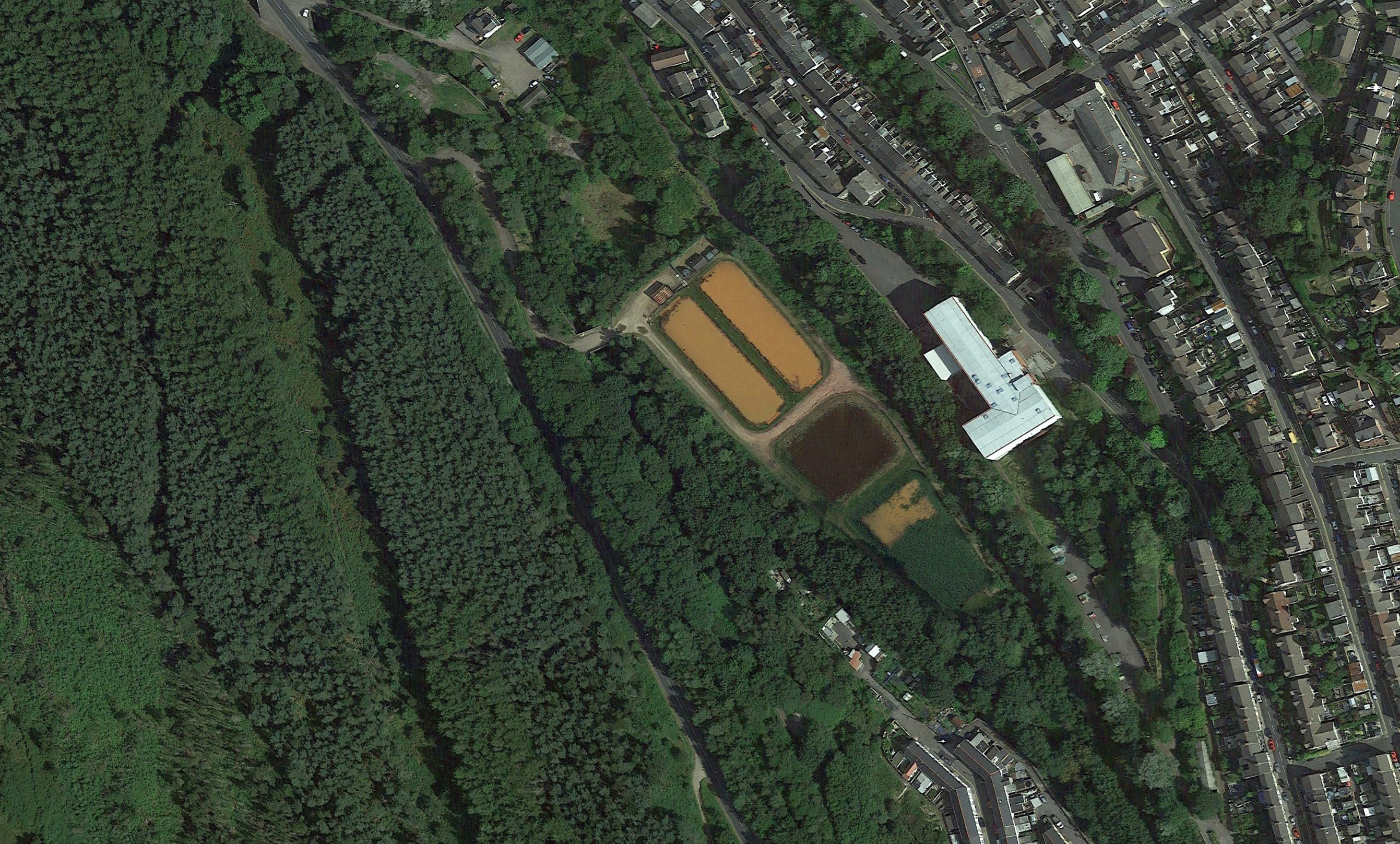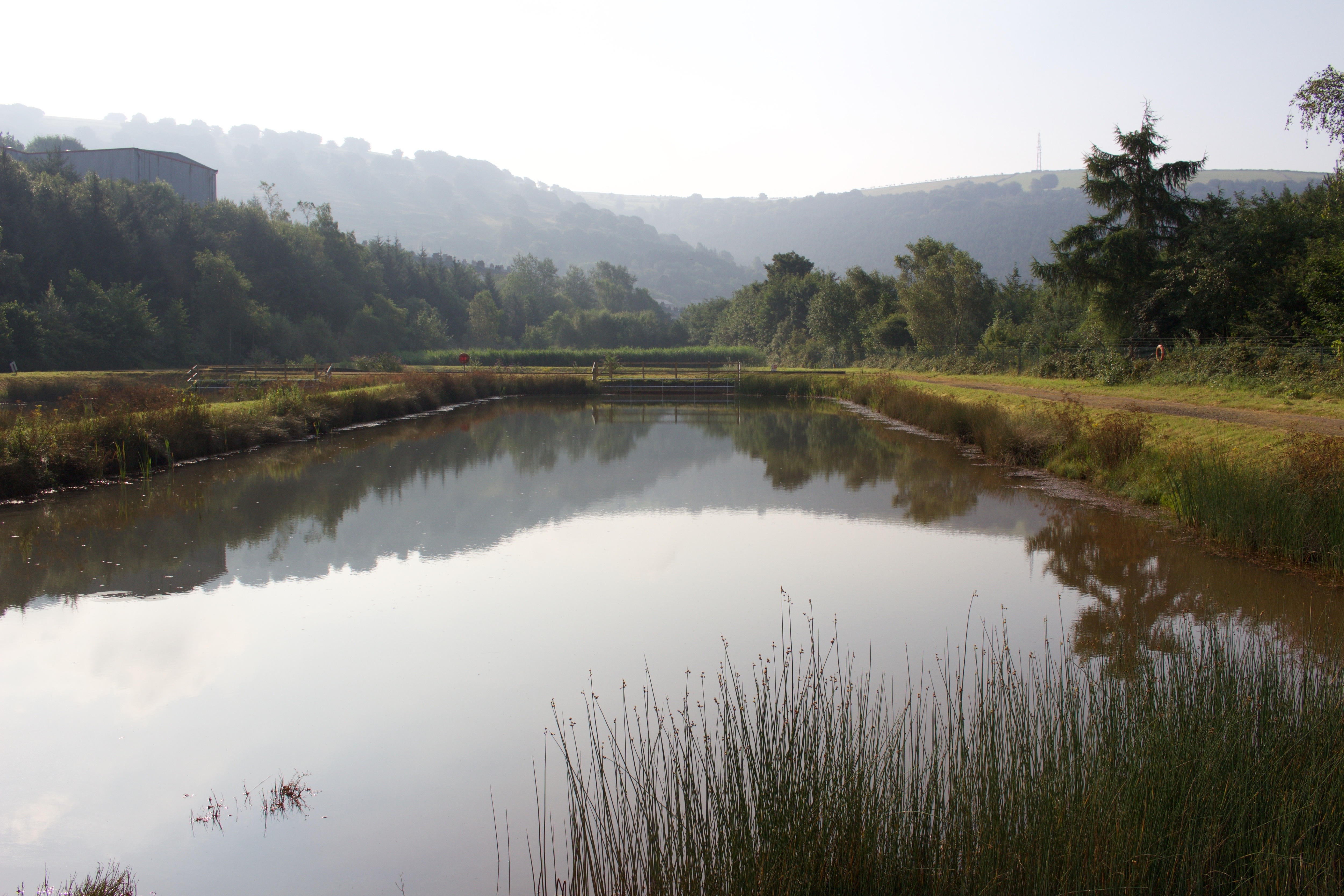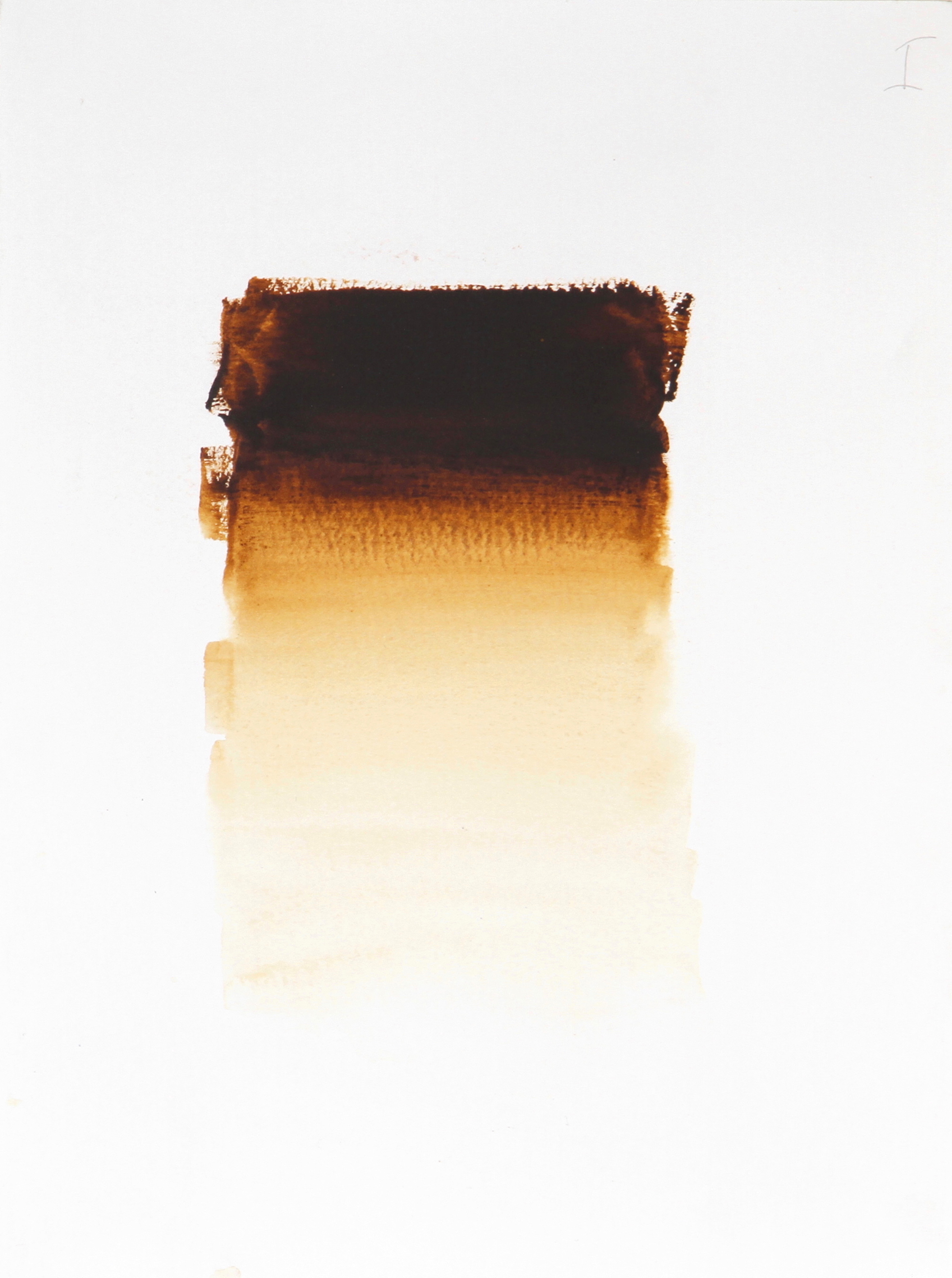Six Bells, South Wales







The transparency of Six Bells is unusual for a ‘natural’ ochre. The nearest equivalent colour would be ‘raw sienna’. The last batches of genuine raw sienna came from the lower slopes of Monte Amiata to the south of the city of Siena. The relatively high optical transparency of Six Bells place it somewhere between a natural and a synthetic colour. The mineralisation process is different from natural ochre which occurs much more slowly. The mine ochres form when pyrite minerals are unlocked from their natural rock setting through the action of mining. As the mines flood, water picks up the released minerals in solution and transports them to the surface where they oxidise into the insoluble ferric form on contact with the air and the hydrated iron oxides start to precipitate forming particles of ochre.
Six Bells is located in the Ebbw Fach valley, an area that was once the centre of coal mining in South Wales until the last mines closed here in the 1980’s. The water levels now flooding the mines rise and fall with weather conditions, and climatic variations, but the water will keep flushing through picking up mineral residue along the way. The legacy of the coal industry necessitates an environmental programme of mine water treatment that will go on for decades, or hundreds of years – inadvertently and unavoidably turning the landscape into an iron oxide or ‘ochre’ pigment production site of industrial proportions.


